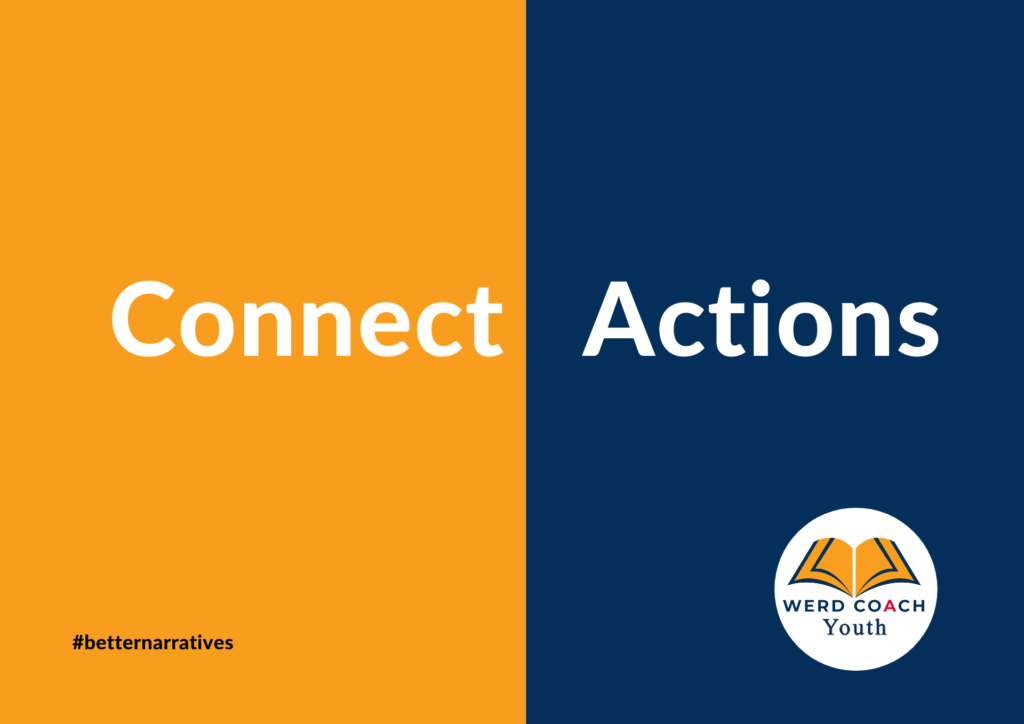Understanding the prompt is the first step in scoring high on any writing assessment, but there are other things students need to do in order to get high marks. For narratives, there are three areas that are so important if students neglect any they’re guaranteed to fall below their target. Exceeding expectations in narratives means doing these three things exceptionally well.
Many times students write to meet the minimum requirements without even knowing it.
While the CLOG rubric breaks down a narrative into its sections, the holistic rubric looks at how all the pieces work together to create an overall amazing effect.
Help your child exceed expectations with narratives by building vocabulary, practicing technique, and enjoying the writing process.
1. Show, don’t tell
This is one of the most talked about aspects of writing stories. New writers have a tendency to talk their readers through a scene rather than sharing experiences.
“I was afraid.”
“I heard a scream.”
“She saw the book on the table.”
In each of the examples above, the writer is telling the reader what’s going on. The issue here is that the reader has to create their own experience.
That’s a problem because either the reader will think of something different from what the writer intended, or the reader will have difficulty with doing it and get bored with the story.
Let’s fix the sentences to show more.
“Fear swept through me with a sudden chill, causing my insides to churn with each heaving breath.”
“I didn’t know where the dreadful noise was coming from, but it pierced through the night into my soul.”
“The books were stacked neatly on the corner table.”
Notice that each “showing sentence” includes vivid imagery and descriptive language that aims to stir emotion in readers.
One word of caution: all sentences don’t have to be like that. Truthfully, it’s ok to tell readers things sometimes as it helps move the story along quickly and adds energy too.
The trick is to know when to show, when to show and tell, and when to tell only. That comes with practice.

2. Connect Actions
In the excitement of writing stories, many writers skip details and just go for the good parts. The problem with that is it often confuses readers.
Readers need to know how characters get from point A to point B. Readers need to know why characters are doing what they’re doing, what motivates them.
Every action has a cause, and every action has an effect. Connecting these causes with their effects helps readers make sense of what’s happening in a story.

3. Write real characters
Characters need to be believable. Even fantastical superheroes from alternate galaxies need to have characteristics and personalities that make them seem as if they could exist somewhere.
That means characters must have realistic human qualities. They must feel. They must react to the world around them in ways that are justifiable. And, they must have goals, desires, dreams. They must want something.
Of course, that is for main characters. Writers don’t have to go into detail with every character, but even side characters must bring up thoughts of real people.
So, the grocery store clerk must behave like a grocery store clerk would behave in real life. The taxi driver must talk and look like a taxi driver.
A good practice is to observe people to see what they do and say and use that as inspiration in stories.


